The Blow family has had its disasters. There has been madness, murder and suicides. But before those mishaps there was a good man, my grandfather Detmar Blow. In the 1900s he was at his height as a young architect. His practice was large. Larger, I was told by Sir Edwin Lutyens’s daughter, Mary, than that of her father. Blow designed for the aristocracy and the newly enriched tycoon.
But early on he was a travelling architect doing repair work for the Society for the Protection of Ancient Buildings — vide his repairs to the ancient manor house in Tintagel, Cornwall, known as The Old Post Office. His mentors had been John Ruskin and William Morris. He had driven and decorated with vine leaves the funeral cart that took Morris to his last resting place at Kelmscott. Bernard Shaw remarked that ‘the funeral cart was driven by the young architect Detmar Blow, dressed in waggoner’s smock’. He was a romantic architect, holding to a Ruskinian socialism. He was a bohemian who went round England in a gypsy caravan long before hippies hit that trail. In his day he became what is currently called ‘a celebrity’.
An obituary notice stated that ‘he [Blow] created with difficulty and for this very reason his work is more profound than other brilliant architects who can draw you 40 projects in as many minutes’. In 1906 his projected design for the reredos and panelling for the celebrated chapel of King’s College Cambridge won a competition that had been going on for 60 years: what to do with the east end of the chapel. Any number of distinguished architects had submitted plans from the 1840s onwards but it was Blow’s design that was finally selected.
The reredos was done in the Queen Anne style with four columns of oak with an inset of scallop niches for three statues. It was intended as suitably in keeping to meet the panelling made by the 17th-century craftsman Cornelius Austin, which in turn meets the choir stalls. Blow’s reredos also had a touch of grandeur to encourage worshippers and visitors to look up at the great east window with its magnificent stained glass. The reredos stayed there until the 1960s when the then head of fine art at King’s, Michael Jaffé, persuaded a collector of Old Masters to present his Rubens of the ‘Adoration of the Magi’ to King’s and arranged for it to be placed in the chapel. There then followed a college dispute as to where in the chapel it should go.
Jaffé was a Rubens obsessive with a very dominating personality. He was married, and openly bisexual — although he did not always seduce those (including the present writer) he tried it on with as successfully as he won the battle of the Rubens versus Detmar Blow.
So the Blow panelling and reredos were removed with Jaffé’s single comment: ‘It was well made.’ The college put them into store where all these years later, they remain. And the argument has not died. When I spoke to the archivist at King’s recently she told me that there are now more people in favour of the Blow reredos and panelling being returned than in favour of the Rubens
staying where it is. An option at the time
had been to place the Rubens in a side chapel.
Detmar Blow’s painting in oils of the chapel with the reredos in place is over seven feet in height and more than four feet wide. It was done to show the college what his design would look like in situ and was presented to the college by my grandmother. The college returned the painting to me when the Blow design had been removed. The painting is majestic. ‘Edwardian mannerist’ is how Michael Jaffé described the style to me. Now the chapel’s east end stands naked of all panelling — blank stone walls stare at you — and few now look up at the stained glass of the east window. The Rubens dominates, and brings with it a severe clash of styles, as Sir Nicholas Pevsner noted.
Architects are vulnerable to changing tastes. And Detmar Blow has suffered: Fonthill House in Wiltshire, pulled down by Lord Margadale; the Duke of Westminster’s hunting lodge near Bordeaux, destroyed by fire in the late 1940s; his work at King’s removed and his own house Hilles ravaged by fire in the 1950s. So it is good to look at this painting of the chapel with its altar and reredos — one of his works of art not destroyed by the whims of owners or by fire.
Got something to add? Join the discussion and comment below.
Get 10 issues for just $10
Subscribe to The Spectator Australia today for the next 10 magazine issues, plus full online access, for just $10.

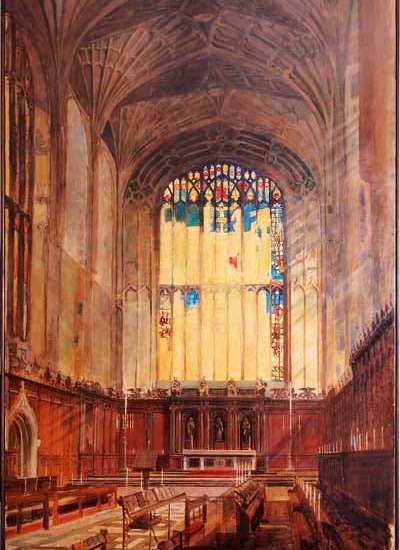
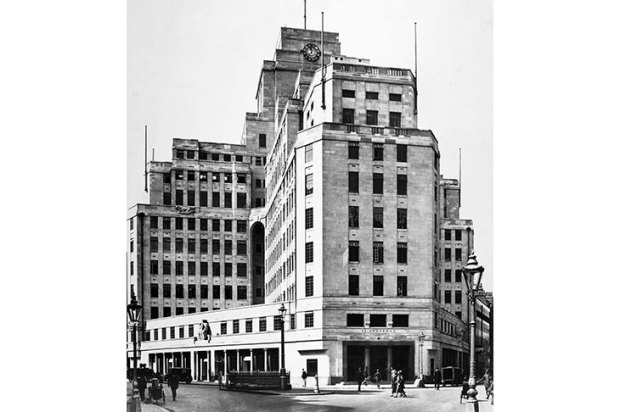

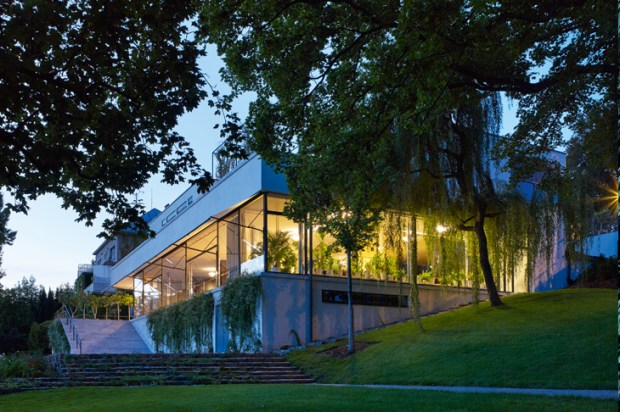
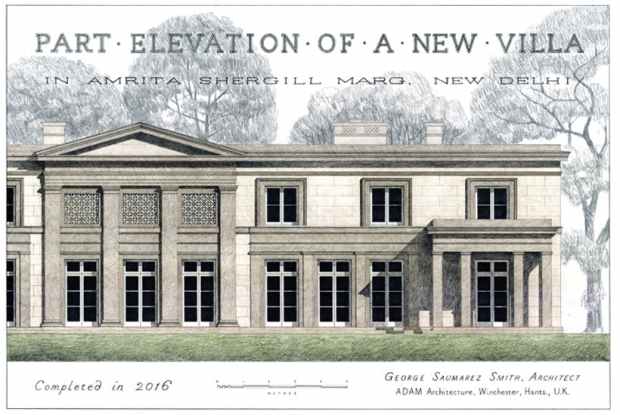
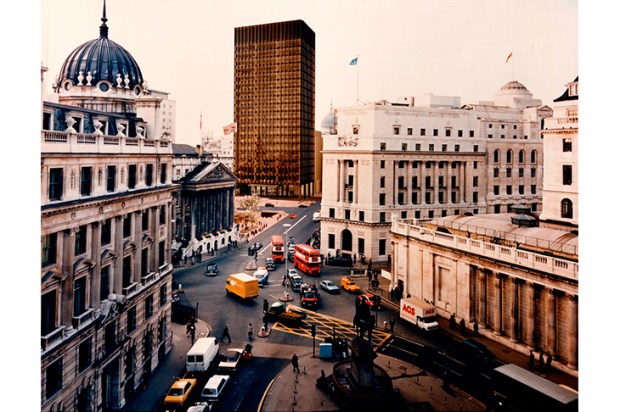
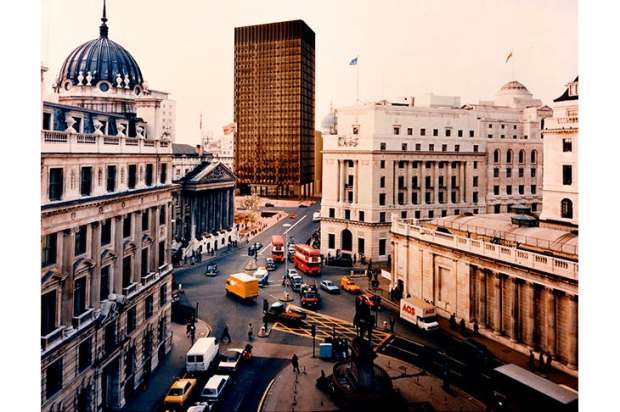






Comments
Don't miss out
Join the conversation with other Spectator Australia readers. Subscribe to leave a comment.
SUBSCRIBEAlready a subscriber? Log in